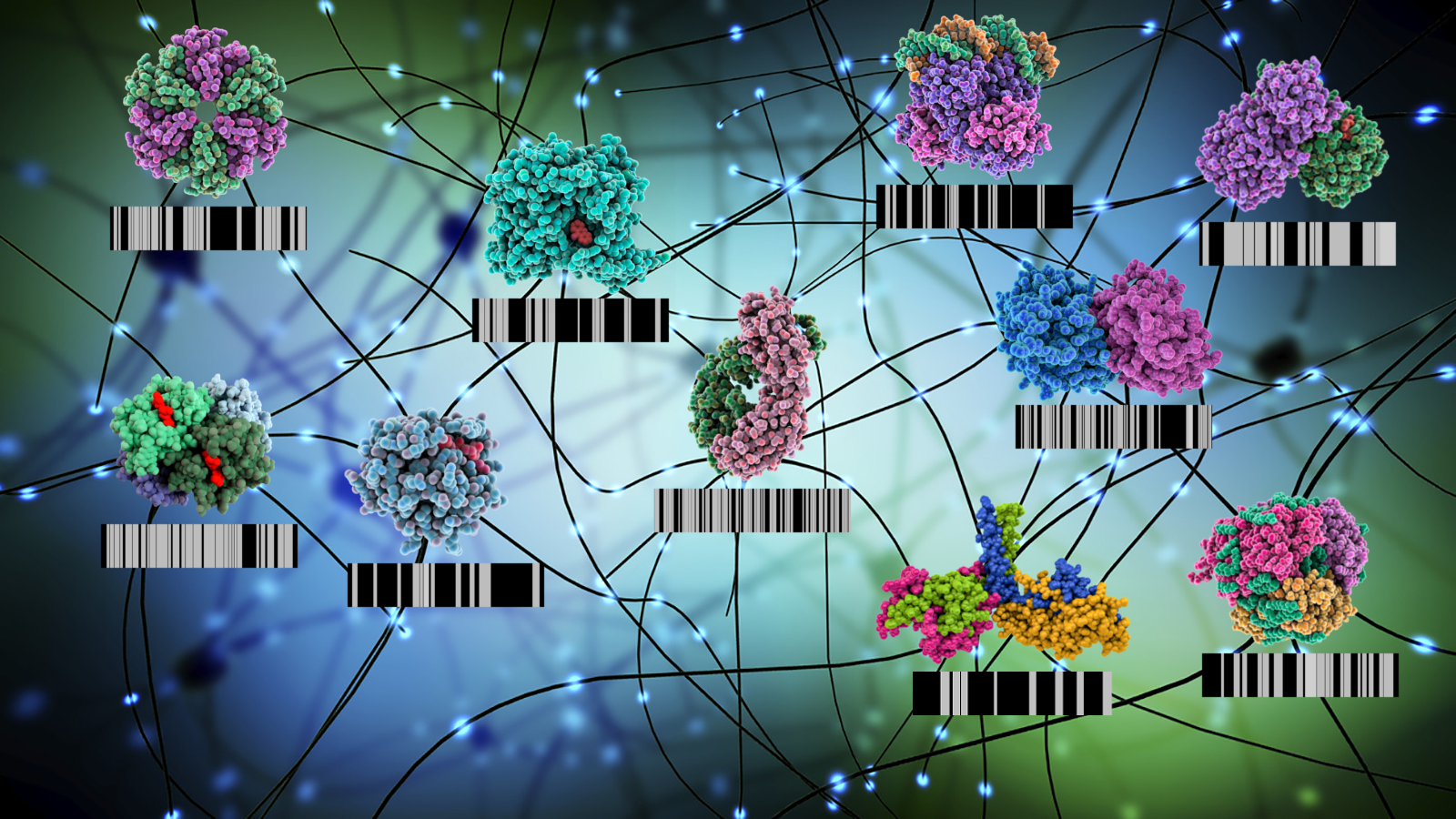Structural systems biology

Protein conformational changes are an integral part of numerous cellular processes. Yet many structural methods study proteins in isolated form, outside of the crowded and dynamic environment of the cell. To address this issue, the Picotti laboratory has pioneered LiP-MS (limited proteolysis-mass spectrometry), in which protein conformational changes can be monitored within the complex cellular milieu. In LiP-MS, regions of a protein inaccessible to protease are detected and quantitatively measured by mass spectrometry; changes in LiP profiles in varying conditions then give a picture of structural changes. This approach is both deep and broad: it has peptide-level resolution, but simultaneously monitors structural changes across the proteome. LiP-MS detects structural changes due to various molecular events, including protein-protein binding, allostery, and aggregation.
In the laboratory, we continue to advance this approach as well as its applications, aiming continuously closer to a systems view of protein structural dynamics.
See also:
Feng Y, De Franceschi G, Kahraman A, Soste M, Melnik A, Boersema PJ, de Laureto PP, Nikolaev Y, Oliveira AP, Picotti P. Global analysis of protein structural changes in complex proteomes. Nat Biotechnol. 2014 Oct;32(10):1036-44.
Cappelletti V, Hauser T, Piazza I, Pepelnjak I, Malinovska L, Fuhrer T, Li Y, Dörig C, Boersema P, Gillet L, Grossbach J, Dugourd A, Saez-Rodriguez J, Beyer A, Zamboni N, Caflisch A, de Souza N, Picotti P. Dynamic 3D proteomes reveal protein functional alterations at high resolution in situ. Cell. 2020 Dec 22; (20)31691-3.
